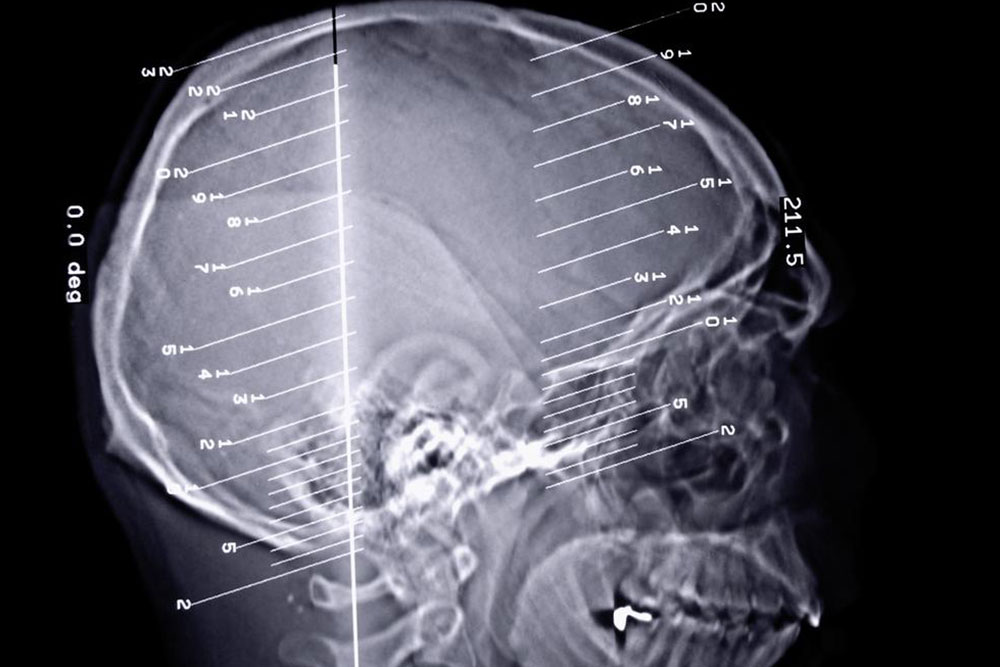Understanding Tardive Dyskinesia: Causes, Risks, and Management
Tardive dyskinesia is a neurological disorder caused by prolonged use of neuroleptic drugs, leading to involuntary movements and facial disfigurement. Early detection, medication adjustment, and regular screenings are crucial for managing this condition. Advances in treatment now enable improved management of symptoms, emphasizing the importance of healthcare supervision. Awareness of risk factors and timely intervention can help reduce severe complications and improve quality of life for affected individuals.

Understanding Tardive Dyskinesia: Causes, Risks, and Management
Tardive dyskinesia is a neurological condition affecting the nervous system, predominantly impacting older adults. It often results from prolonged use of certain medications, especially neuroleptics and some psychiatric drugs that block dopamine receptors. Dopamine is essential for motor control and mood regulation. Over time, these drugs can cause significant disruptions in motor functions, leading to involuntary movements. Most cases are mild, but about 3% of affected individuals experience severe symptoms, including facial disfigurement, swallowing difficulties, speech problems, and breathing issues.
Key risk factors include prolonged use of neuroleptic medicines, unmanaged health conditions like diabetes, aging, menopause, brain injuries, substance abuse, and excessive alcohol intake. The most common causative drugs are antipsychotics such as perphenazine, fluphenazine, chlorpromazine, haloperidol, quetiapine, lurasidone, olanzapine, and risperidone. Digestive medications like metoclopramide and prochlorperazine may also contribute. Symptoms typically develop gradually, including involuntary movements, facial disfigurement, difficulty speaking or swallowing, rapid blinking, abnormal mouth motions, and breathing problems.
Management and Prevention
Historically considered untreatable, advancements now offer effective options to relieve symptoms. Treatments may involve reducing or modifying medication, but always under medical supervision. Certain drugs approved for treatment can help alleviate severe symptoms but require a doctor’s prescription. Regular screening with tools like the Abnormal Involuntary Movement Scale (AIMS) can detect early signs. Limiting medication duration and considering alternative therapies can also reduce risk. Patients should consult healthcare providers regularly to manage and prevent severe complications.









